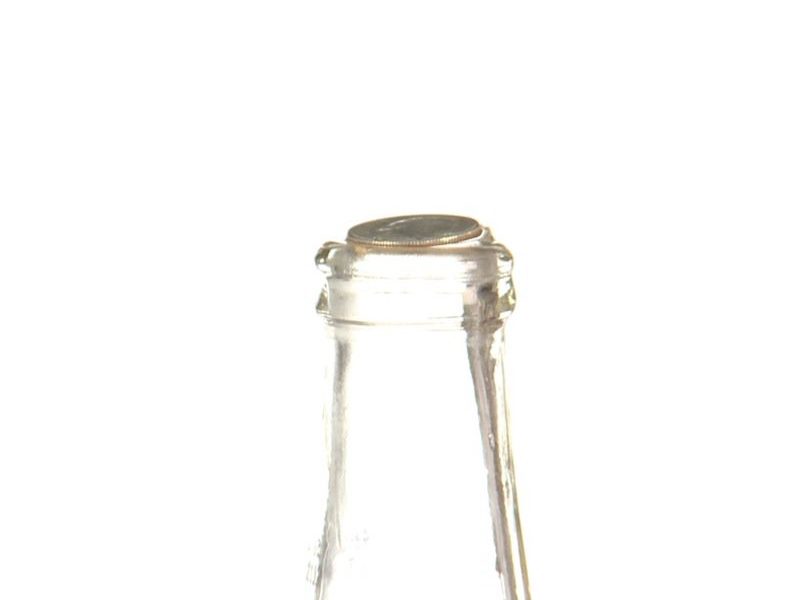Amazing 9 Layer Density Tower
With this science magic trick, you’ll put a new spin on our famous Seven-Layer Density Column demonstration. First, you’ll discover how to stack seven or […]

Did you know that the majority of burps are simply caused by swallowed air? It’s true! Burping is a natural human phenomenon, but it’s also possible for a bottle to burp. Believe it… bottles can belch just like a human. All it takes is a bit of science know-how, especially when it comes to the properties of air and water.
How in the world can a bottle burp like that? The secret lies in the properties of two things: water and air.
When you place the dime over the mouth of the bottle, you create a seal (albeit an imperfect one). That means that the air in the bottle is going to stay in the bottle, for the most part, and the opposite goes for the air outside of the bottle. Once you put the bottle in the freezer, the air particles inside of the bottle begin to slow down and become more dense. This means that there is low air pressure inside the bottle. Once you remove the bottle, you expose the air inside to a much warmer climate. The increase in temperature allows the air inside the bottle to quickly expand, raising the pressure inside.
Dropping water on top of the dime creates a slightly better seal than the dime does on its own. This seal is created by hydrogen bonds between molecules of water. These hydrogen bonds create cohesion and adhesion. Cohesion is the act of the water molecules clinging to each other, while adhesion is the act of the water molecules clinging to the mouth of the bottle.
With a slightly better seal, created by the water, you can see the expanding air within the bottle trying to escape through the mouth of the bottle. This increased air pressure pushes against the watery seal and lifts the dime up off of the mouth of the bottle… BURP! The hydrogen bonds break, and the dime goes back onto the mouth of the bottle.